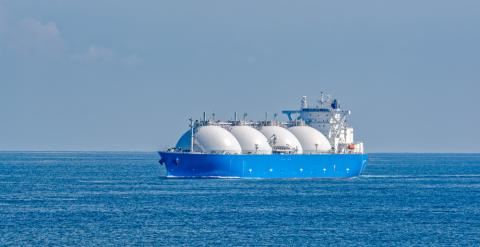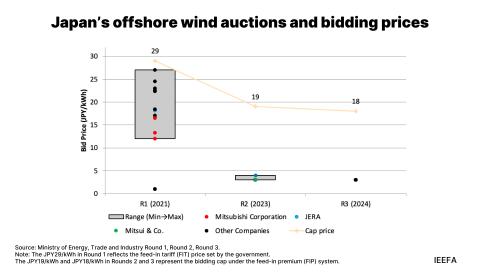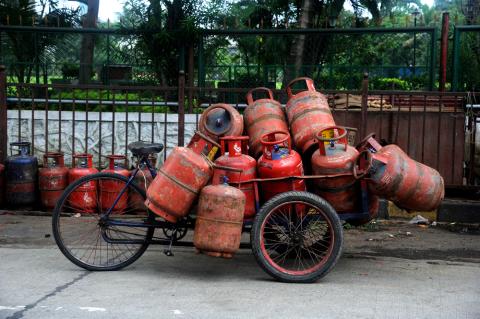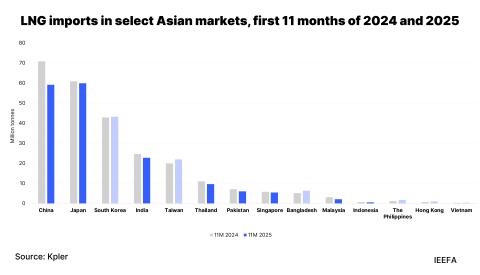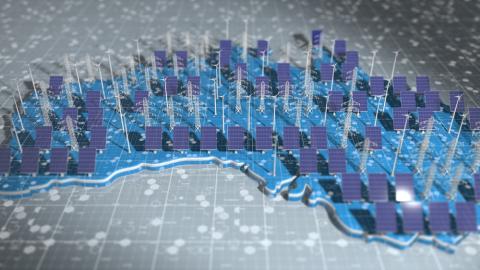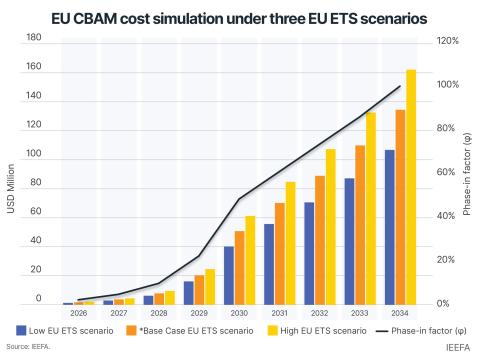Expanding ASEAN grid supply chains could mitigate critical transmission equipment shortages
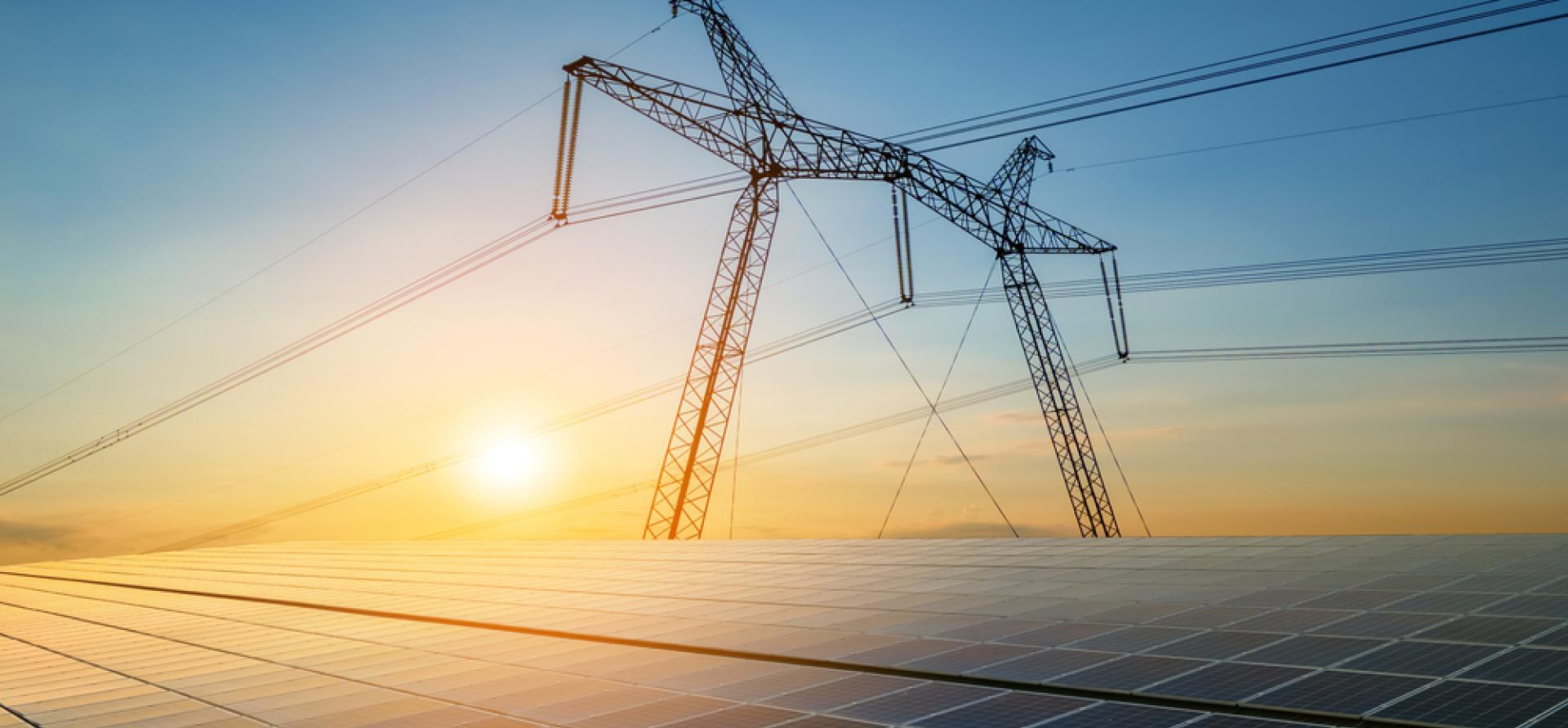
Key Findings
Transmission system expansion and modernization have been neglected globally, leading to a projected investment shortfall of US$320 billion (bn) by 2030. Due to electricity grid constraints, countries suffer long queues for bringing renewable energy projects online. In the U.S., 1.6 terawatts (TW) of renewable projects and 1TW of storage, the combined equivalent of double the country’s current installed grid capacity, are waiting for connection slots.
Critical components such as transformers, distribution systems, switchgear, cabling, and smart meters are urgently needed due to the addition of renewable power generation, electrification of previously fossil-fueled services, and fundamental electricity demand growth. These needs will persist for at least the next decade.
Due to the limited number of transmission equipment manufacturers globally, backlogs in deliveries for some critical components now extend between two and four years. This has exposed weaknesses in transmission system supply chains worldwide.
The market for core grid system components is projected to exceed US$700bn by 2032. Localizing grid equipment supply chains represents a significant business opportunity for high-growth economies in the Association of Southeast Asian Nations (ASEAN). Investing in transmission equipment production could be pivotal in ensuring energy security, reliability, and availability.
In June 2024, the Institute for Energy Economics and Financial Analysis (IEEFA) released a report on renewable energy supply chain opportunities in the Asia-Pacific region. The report highlighted the potential for countries to expand their focus beyond manufacturing solar panels and wind turbines when developing energy transition industries. It encouraged embracing a wider array of technologies and services to deliver clean electricity to the grid effectively.
In the Association of Southeast Asian Nations (ASEAN), governments are increasingly keen to penetrate the green tech market. This goal drives localization policy development that aims to attract capital, foster intellectual property development, and create jobs within their countries. Solar panels and wind turbines are the most identifiable symbols of the energy transition, and government policies often focus on encouraging — or even mandating — the local production of these components. However, overly ambitious local content requirements risk choking the growth of these industries, particularly before domestic market demand for those goods has a chance to take off. Focusing too narrowly on specific energy technology components could divert attention from more beneficial local production opportunities.
Constrained grid equipment access threatens connection delays
Creating fully grid-integrated energy supply projects requires a wide array of complementary materials, components, and services that go beyond making solar panels or wind turbines. As IEEFA has reported, these “balance of system” elements can account for 55% to 80% of the total investment cost in a solar or wind project, thus representing attractive areas for localization.
Meanwhile, due to electricity grid constraints, countries worldwide suffer long queues for bringing renewable energy projects online. Despite the growing need to connect additional energy sources to customers, most of the world has neglected transmission system investment. This challenge is most acute in the United States, where 1.6 terawatts (TW) of renewable projects and 1TW of storage, a combined equivalent of double the country’s current installed grid capacity, are waiting for connection slots.
Globally, countries must urgently address the challenge of connecting new generating assets, whether solar, wind, nuclear, or fossil fuel, to customers in a rapidly electrifying world. According to the International Energy Agency, the world has a US$320 billion (bn) grid investment gap through 2030, posing a significant barrier to achieving stated net-zero targets. Despite this urgent need, grid modernization and build-out face a looming global crisis, exacerbated by constrained access to critical grid equipment. High-voltage transformers, switchgear, circuit protection systems, and cabling are essential to maintaining and upgrading grid infrastructure but are increasingly in short supply.
Backlogs in transmission and distribution systems manufacturing
Recent industry and mainstream reports reveal that Hitachi, the Japan-based conglomerate and the world’s largest manufacturer of transformer systems, is facing significant production backlogs. Its equipment order book now stretches to 130 weeks for medium-sized transformers and nearly four years for the largest units used in utility substations. In 2020, Hitachi acquired the grid business of Swiss transmission manufacturing giant ABB in an $11bn transaction, significantly expanding its manufacturing capabilities. In 2025, the company plans to invest an additional US$6bn and hire 15,000 workers worldwide to meet growing demand. Despite these efforts, it is unlikely that Hitachi alone can meet global demand.
Chinese industries produce the full array of transmission and distribution system components, but much of this manufacturing capacity has shifted its focus to serving domestic demand. This shift is driven by the country’s breakneck pace of renewable energy capacity additions and the corresponding need for linking remotely located renewable generation sites to demand centers. This domestic focus is expected to continue for years, leaving a substantial void in supply chain expansion for the rest of the world that needs to be filled.
Market potential at every step
Some demand estimates for utility-scale transformer equipment see the market growing to US$116bn by 2032. However, the grid is not solely comprised of large-scale utility transformers. Each step of the power journey requires expansion and enhancement to connect and deliver reliable electricity services. Thus, there will be similarly skyrocketing demand for distribution systems (US$184bn to US$278bn), switchgear (US$153bn), cabling (US$158bn), and smart meters (US$52bn). Additionally, since transformers have a service life of about 40 years, legacy utility equipment in many countries faces replacement, exacerbating demand.
Collectively, the market for core grid system components is projected to grow to around US$700bn by 2032. In a world where maximizing electrification is the solution to reducing environmental impact while increasing economic prosperity, manufacturing grid system components present an attractive investment opportunity with sustained demand. For ASEAN’s high-growth economies, localizing and scaling supply chains for grid components could be vital. Not only would this enhance energy security, reliability, and availability, but it would also ensure faster recovery from natural disasters — a vital consideration in an increasingly climate-volatile world.
At present, the energy transition is not constrained by a lack of solar panels or wind turbines. The more immediate and pressing challenge lies in the shortage of grid infrastructure and essential transmission system equipment, which poses a significant threat to both economic growth and sustainability.
Industrial growth opportunities for ASEAN
The growing customer demand in increasingly electrifying economies must be matched by proportionate grid expansion. However, most ASEAN countries lag significantly in grid modernization, strengthening, and development. Even when grid expansion plans are introduced, as evidenced by Hitachi’s extensive backlog, countries without firm orders placed with transmission system suppliers face stiff competition for grid materials and equipment with the rest of the world. This global competition could delay regional industrial expansion goals.
Countries searching for industrial growth opportunities should consider the supply chain for transmission system equipment and services. This sector offers an attractive prospect, potentially rivaling current investments in green tech systems. Manufacturing transmission hardware requires time, scale, and precision facilities. Developing ASEAN-based suppliers’ ecosystems of critical transmission equipment components would be a valuable focus of domestic investment. Such a focus would address national energy security risks more successfully than attempting to compete with China in the profit-constrained solar panel market. With the grid needing decades of sustained growth to support rapidly electrifying economies, investing in transmission system supply chains represents a significant long-term business opportunity for ASEAN countries.


